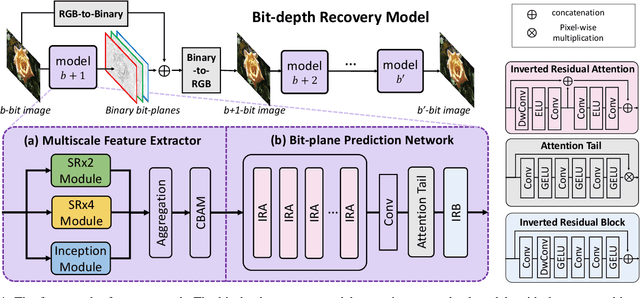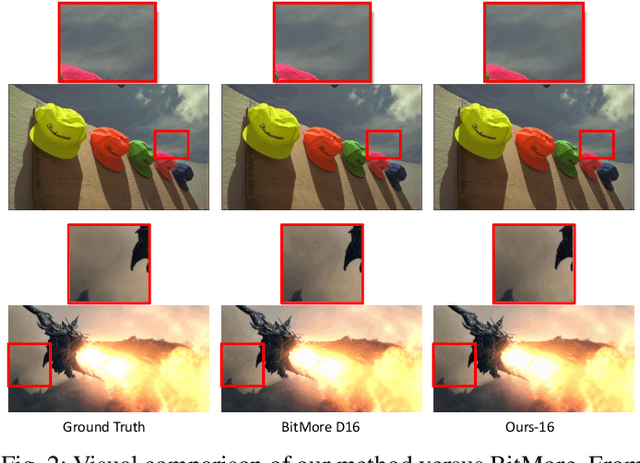Xuanshuo Fu
Preserving Privacy Without Compromising Accuracy: Machine Unlearning for Handwritten Text Recognition
Apr 11, 2025Abstract:Handwritten Text Recognition (HTR) is essential for document analysis and digitization. However, handwritten data often contains user-identifiable information, such as unique handwriting styles and personal lexicon choices, which can compromise privacy and erode trust in AI services. Legislation like the ``right to be forgotten'' underscores the necessity for methods that can expunge sensitive information from trained models. Machine unlearning addresses this by selectively removing specific data from models without necessitating complete retraining. Yet, it frequently encounters a privacy-accuracy tradeoff, where safeguarding privacy leads to diminished model performance. In this paper, we introduce a novel two-stage unlearning strategy for a multi-head transformer-based HTR model, integrating pruning and random labeling. Our proposed method utilizes a writer classification head both as an indicator and a trigger for unlearning, while maintaining the efficacy of the recognition head. To our knowledge, this represents the first comprehensive exploration of machine unlearning within HTR tasks. We further employ Membership Inference Attacks (MIA) to evaluate the effectiveness of unlearning user-identifiable information. Extensive experiments demonstrate that our approach effectively preserves privacy while maintaining model accuracy, paving the way for new research directions in the document analysis community. Our code will be publicly available upon acceptance.
Bit-depth color recovery via off-the-shelf super-resolution models
Jan 09, 2025



Abstract:Advancements in imaging technology have enabled hardware to support 10 to 16 bits per channel, facilitating precise manipulation in applications like image editing and video processing. While deep neural networks promise to recover high bit-depth representations, existing methods often rely on scale-invariant image information, limiting performance in certain scenarios. In this paper, we introduce a novel approach that integrates a super-resolution architecture to extract detailed a priori information from images. By leveraging interpolated data generated during the super-resolution process, our method achieves pixel-level recovery of fine-grained color details. Additionally, we demonstrate that spatial features learned through the super-resolution process significantly contribute to the recovery of detailed color depth information. Experiments on benchmark datasets demonstrate that our approach outperforms state-of-the-art methods, highlighting the potential of super-resolution for high-fidelity color restoration.
 Add to Chrome
Add to Chrome Add to Firefox
Add to Firefox Add to Edge
Add to Edge